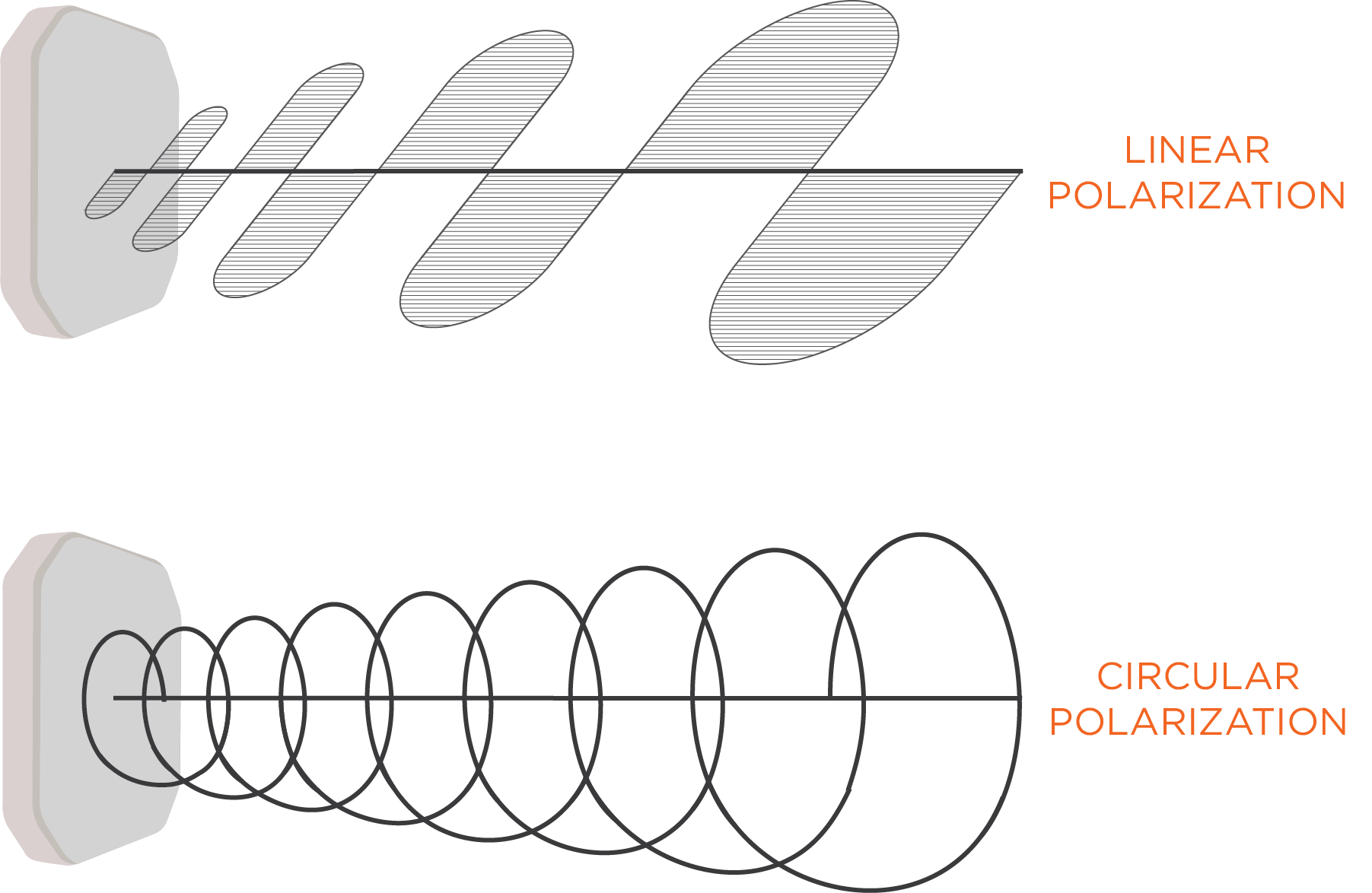What Affects RFID Read Range? 5 Tips on Improving Your RFID System's Read Range
Originally published 07/01/2013, Updated with new content, tips, & videos 03/12/2024
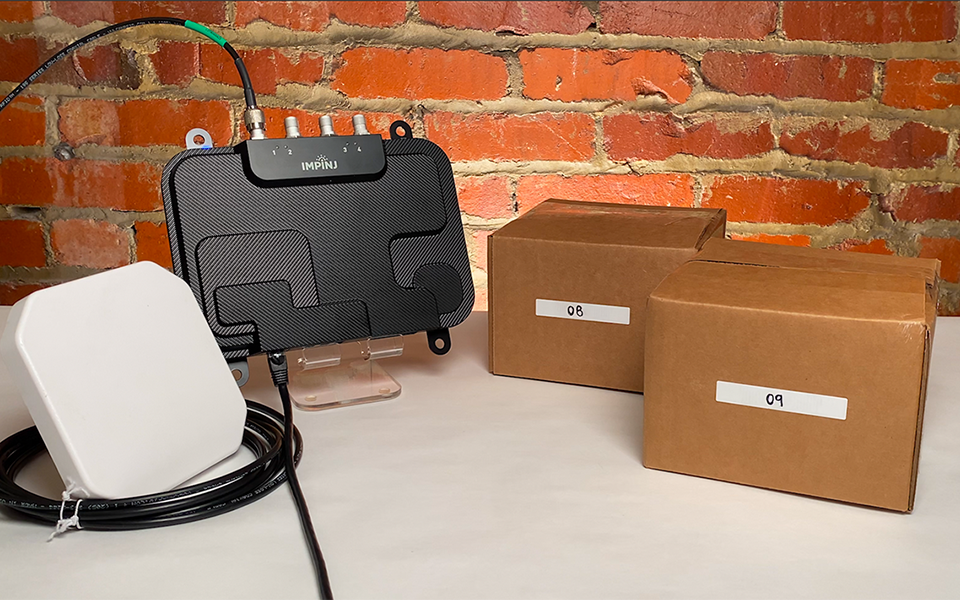
Your RFID reader is connected to your antennas, you've adjusted your power settings, and you've applied your RFID tags to the items you want to track; however, you're having trouble reading your tags.
In this article we will troubleshoot some of the common RFID read range pitfalls. Before jumping in, remember, testing is one of the most important parts of setting up a high-performance RFID system. Here are the 6 factors that most commonly affect RFID read range.
Contents
- RFID Antenna Selection – Gain, Beamwidth
- RFID Tag Selection and Positioning – Size, Orientation, Angle, Placement
- RFID Reader Settings – Transmit Power, Receive Sensitivity
- Antenna Cable Selection – Power Loss
- Environment Factors – Metal, Water
1. Did you Select the Best RFID Antenna for your Needs?
Ensure the selected antenna isn’t limiting range because of low gain or incorrect polarization.
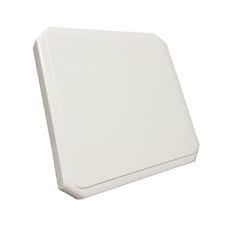
Antenna Gain
The higher the antenna gain, the longer the read distance of the antenna. The lower the antenna gain, the shorter the read distance of the antenna.
A high gain antenna increases the power received from the RFID reader. A longer range RFID system would typically need an antenna with a gain of 8 dBi or more. While a shorter range RFID system would likely need for an antenna with a gain of 7 dBi or less.
Example of a high gain antenna: RFMAX S9028PL Indoor RFID Antenna
Example of a low gain antenna: Times-7 Slimline A5020 Indoor RFID Antenna
Antenna Polarization
Antenna polarization refers to the shape of the field the antenna is generating. A linearly polarized antenna sends out RF energy along a single plane, while a circularly polarized antenna sends out RF energy along two planes, in a spiral pattern. The image below provides a visual example of a single plane (linear) versus a dual plane (circular).
Key Points for choosing the best antenna for a long read range.
- The higher the antenna gain, the longer the read range.
- Antenna gain of 8 dBi or higher, is considered high gain; gain of 7 dBi or lower, is considered low gain.
- Linearly polarized antennas have a longer read range than circularly polarized antennas.
- Circularly polarized antennas are flexible in that they can read tags oriented horizontally or vertically or even in between.
- Optimize your RFID antenna placement for maximum performance (checkout Times-7's article).
- If RFID tags pass by an antenna in the same orientation in the same general area, for example, a conveyor belt, a linearly polarized antenna is the best option.
- If RFID tags pass by an antenna in different orientations, at different heights, a circularly polarized antenna is the best option to catch those tag reads.
2. Did you Select the Best RFID Tag for your Needs?
Ensure the selected tag isn’t limiting range because of size, positioning, or material restrictions. Featuring RFID tag SOAP (size, orientation, angle, placement).
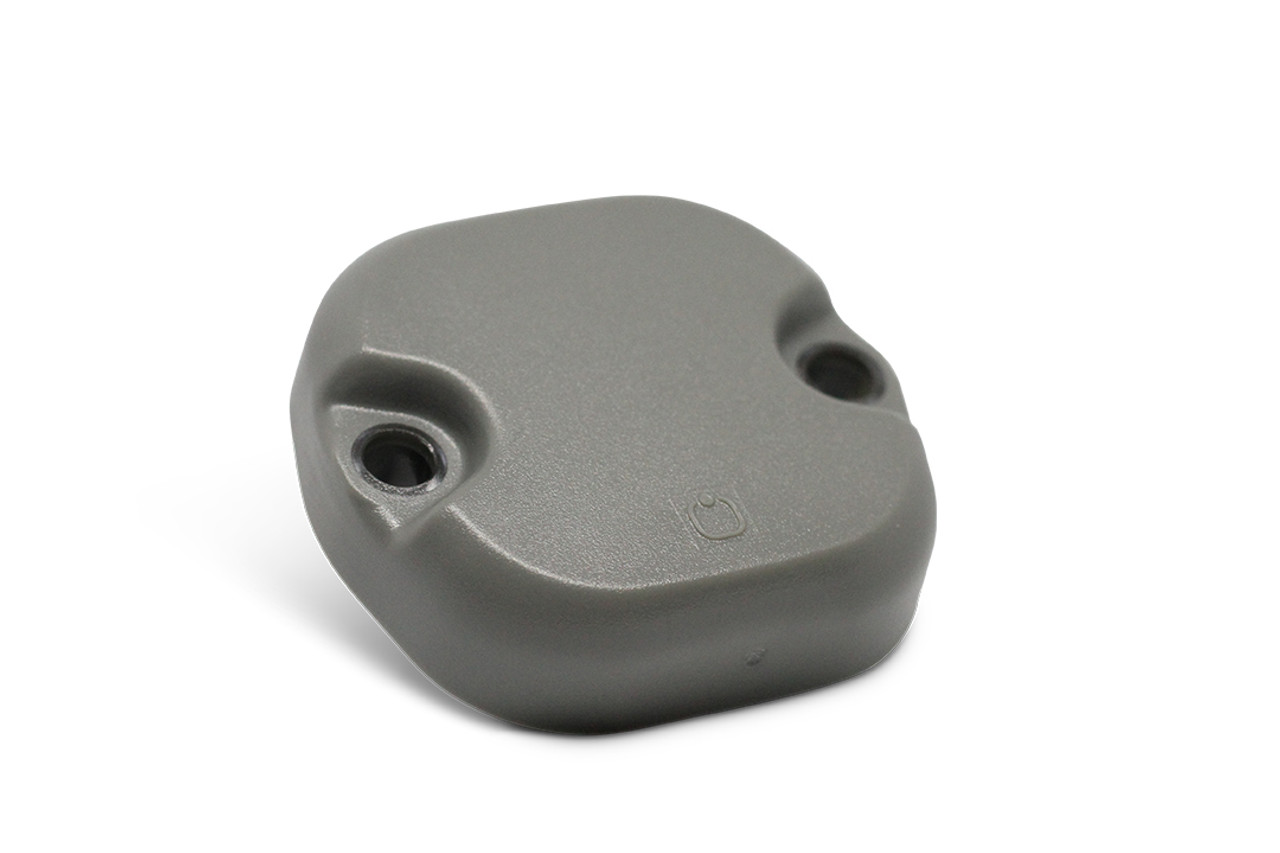
RFID Tag Size
Tag size directly correlates to read range, the smaller the tag, the shorter the read range.
Passive RFID tags can vary in read range from a few inches to 50+ feet. RFID tags contain small, metal antennas; because larger antennas will broadcast farther than smaller antennas, generally the larger the tag, the longer the read range.
Check out the video below to see tag size in action.
RFID Tag Orientation (Positioning)
When tagging an item, make sure it will be oriented the best way for the RFID antenna (horizontal, vertical).
RFID tag orientation will only negatively impact your read range if you are using a linearly polarized antenna.
NOTE: If you are using a circularly polarized antenna, tag orientation should be irrelevant to readability.
If you are using a linearly polarized antenna and are not able to receive the read range you were hoping for, try rotating the RFID tag from horizontal to vertical or vice versa. Because linearly polarized antennas only send out RF waves on one plane, you must match the tag’s orientation to the antenna’s emitting plane.
Check out the video below to see tag orientation in action.
RFID Tag Angle (Positioning)
When tagging an item, make sure it will be facing the RFID antenna directly.
Reading any RFID tag from an angle (vs. straight on) will have a negative impact on read range. In order to harness the most energy possible from the RFID antenna, the RFID tag should directly face the antenna. For the maximum read range, the RFID tag and the RFID antenna should basically be facing each other and perpendicular.
Check out the video below to see tag angle in action.
RFID Tag Placement (Positioning & Material Restrictions)
Place the tag in the best possible place on the item in terms of the location of the RFID antenna.
Additionally, make sure the placement of the tag is away from any RF unfriendly materials like metal and water.
UHF RFID tags are strongly affected by objects containing metal or water. If you don't choose the right tag for the object you wish to tag, you may have greatly reduced read range or you may not be able to read the tag at all.
If you are tagging metal items, there are metal-mount RFID tags with a special backing designed to be applied on metal (or objects containing water). These specific types of tags will typically perform better on metal than they do on plastic or other non-metal items.
As a general rule, unless a tag is described as background insensitive or an on-metal RFID tag, it’s best to assume that it can’t be applied directly to metal or water-filled objects.
Check out the video below to see tag placement in action.
3. Is your RFID Reader Configured Properly?
Ensure the RFID reader is at maximum power/receive settings.
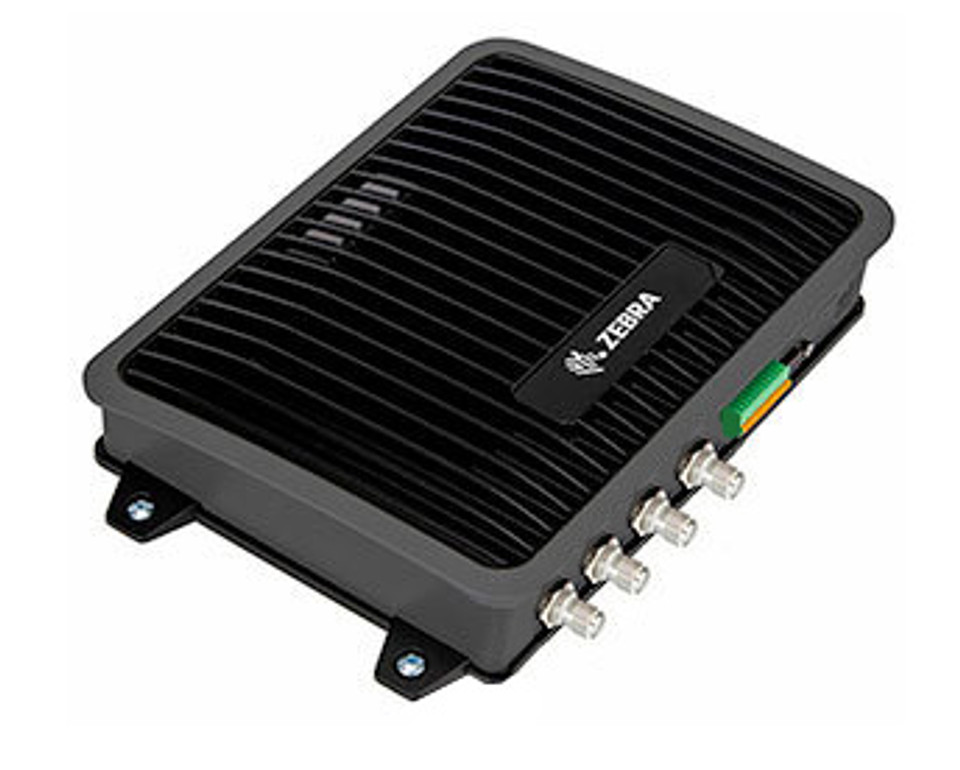
Reader Settings
Higher power settings will result in greater read range, while lower power settings will result in decreased read range. Also, in order to maximize read range, ensure that your reader is set to its highest receive sensitivity. Both of these settings can be changed in a reader’s Web UI or, on your preferred software.
All RFID readers have the ability to control how much power they send through the cables to the antennas. Check your reader’s settings to see how much transmit power you are transmitting (in dB); the higher the number, the more you'll increase read range, and vice-versa.
It is important to note that, because the power is measured in decibels (dB), the power will double (or be cut in half) for every 3 dB you increase (or decrease). For example, 27 dB is twice as powerful as 24 dB, and 30 dB is twice as powerful as 27 dB. As a caveat, although the power doubles every increase in 3 dB that doesn't mean you'll double the read range.
Lastly, check your reader's receive sensitivity settings. If the reader is set to maximum sensitivity, it will report weaker tag signals (which typically come from tags that are farther away, thus increasing read range); a lower sensitivity setting will ignore the weaker signals, thus decreasing read range. Typically, these are set to maximum by default, but it is worth double checking to know for sure.
4. Have you Selected the Best Antenna Cable for your Needs?
Make sure power loss between the reader and the antenna is being properly mitigated.
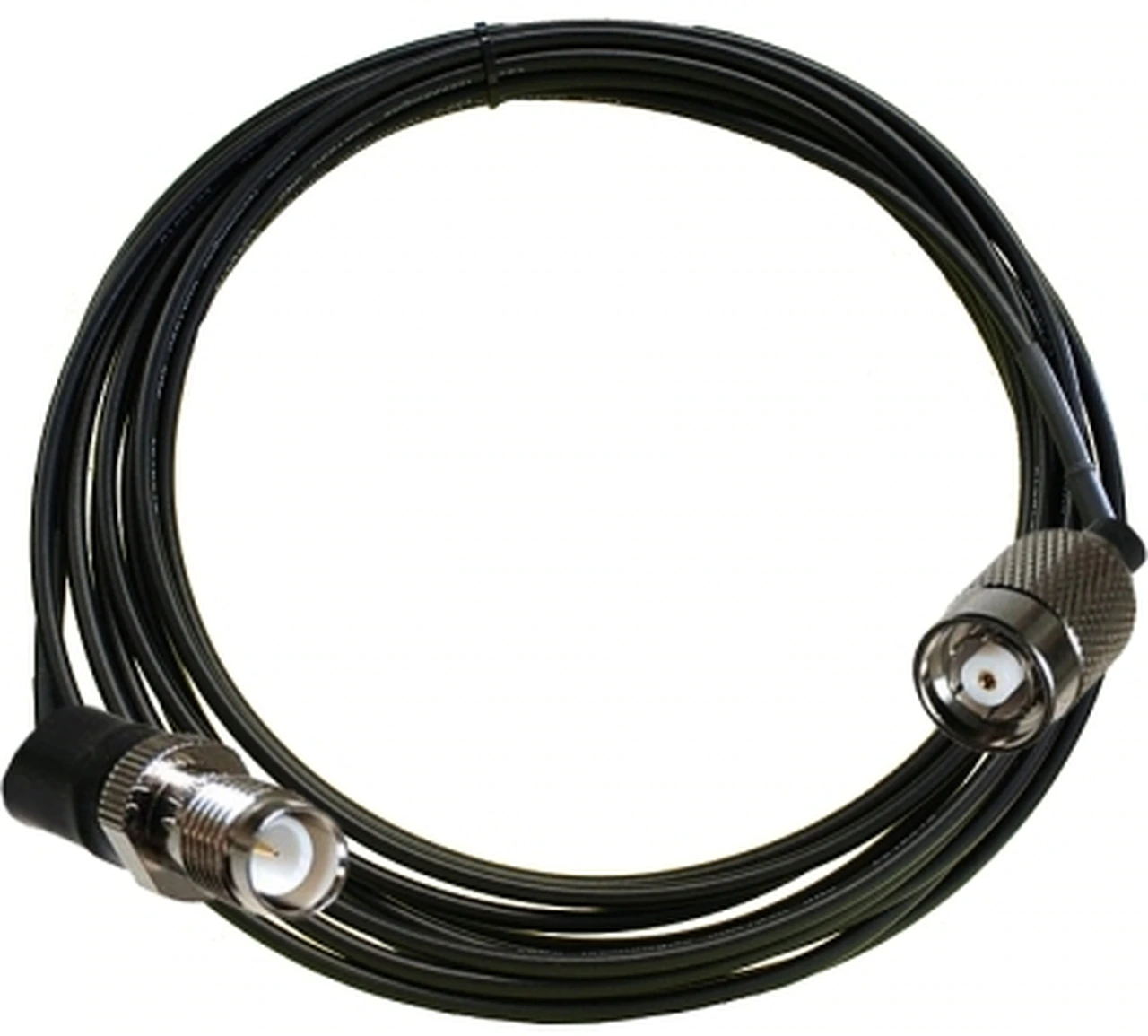
Cable Length
The longer the cable, the more power loss your system will have.
The antenna cables connecting the antennas to the RFID reader “leak” energy. The longer the cable, the more energy it will lose, eventually losing so much that the antenna won’t receive enough power to generate a strong RF field (regardless of the antenna gain).
For maximum read range, (and minimum power loss) connect the antenna to the reader with the shortest cables you can get away with and don't use unnecessary adapters or multiplexers. If you must use longer cables, be sure to offset the loss with a higher rated insulated cable. Higher insulation ratings such as 240 vs. 195, and 400 vs. 240 will combat power loss due to long antenna cables.
Adapters & Multiplexers
Sometimes you may need to convert the end of an antenna cable from one type to another and, for this, you'd use an adapter. However, you should note that, for each adapter used, you insert approximately another 1/3 dB of loss into your system.
Multiplexers, such as the Impinj antenna hub, split one antenna cable into many, but also insert more loss into the system. Additionally, RFID antenna hubs insert approximately 1 dB of loss into a system.
For the most part, only use adapters and antenna hubs when required. If these items are required for your system, it’s important to take note of how much loss you are inserting, so you can compensate accordingly in other areas to offset the loss.
5. Could Environmental Factors be a Problem?
Look at the surrounding environment to determine possible interference.
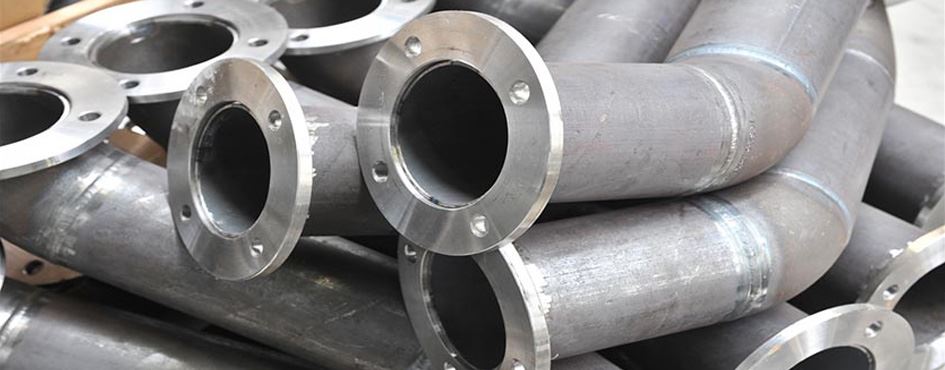
Environmental Factors
Many environmental factors can affect RFID read range. When attempting to maximize read range, be sure to account for various types of interference and test.
A few of the most common interference problems include:
- Water
- Metal
- Florescent lighting
- Large machinery
- Competing frequencies (other radio waves)
The best way to maximize read range is to note the various possible forms of interference and attempt to mitigate that interference
Conclusion
If you need help choosing the right RFID equipment, or troubleshooting RFID read range - don't hesitate to contact us. If you would like to learn more about all things RFID, check out our website, our YouTube channel, or comment below.

